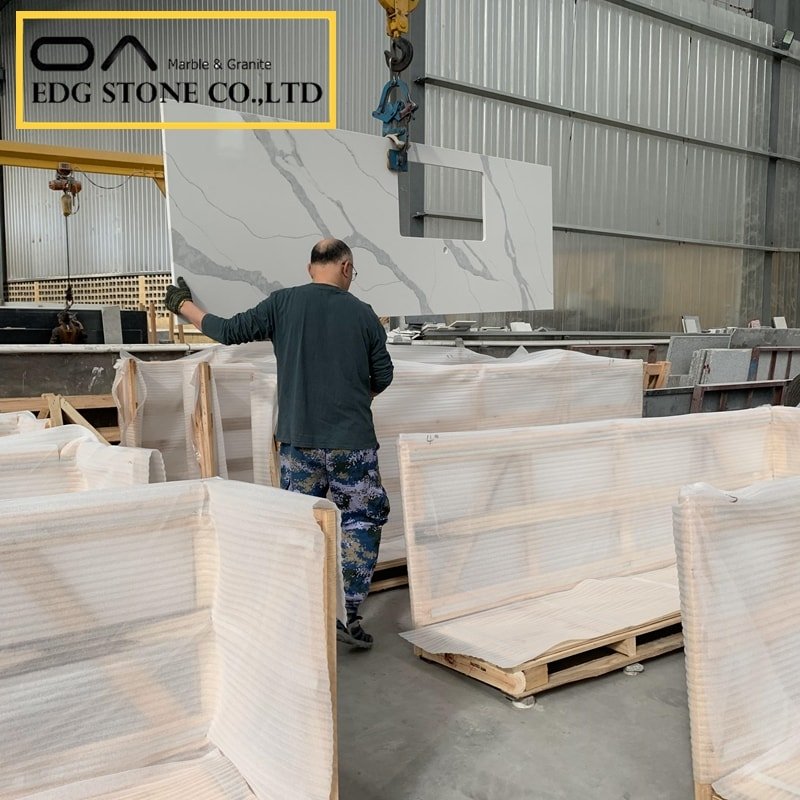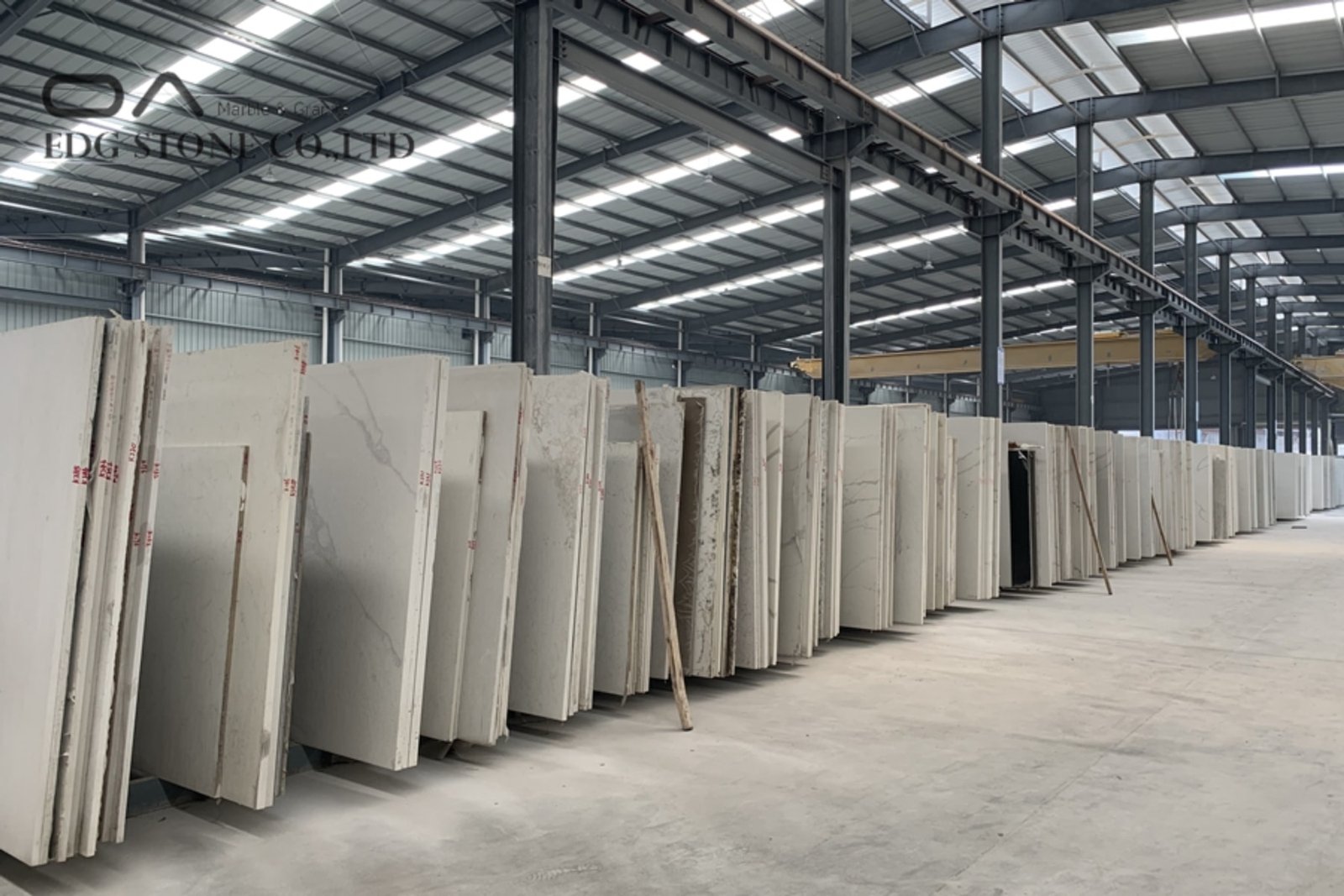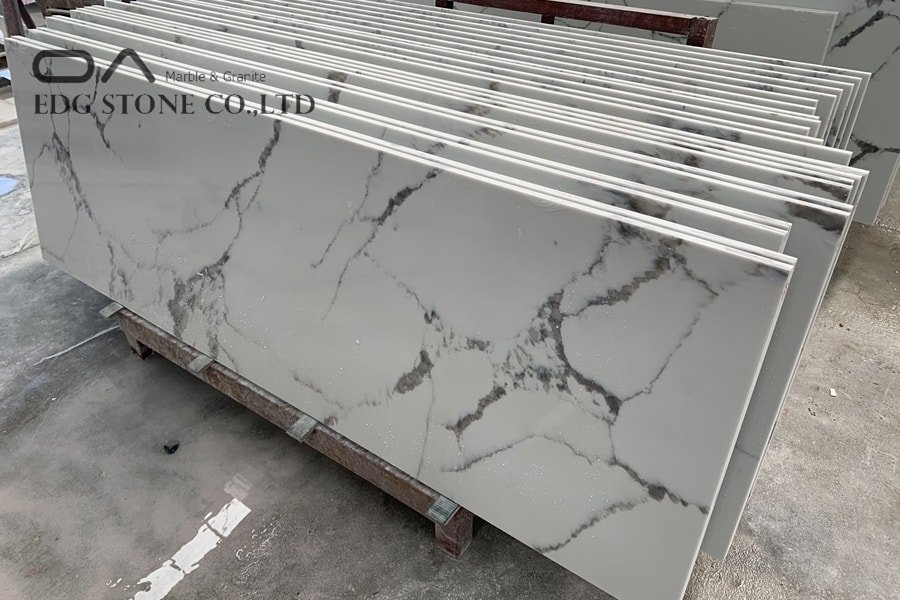The main component of artificial quartz stone is silica, and the thickness of artificial quartz stone is generally 15 mm. This kind of stone has a rich variety of colors. In theory, any color can be formulated through various types of pigments. The following is an introduction to the advantages and disadvantages of artificial quartz stone countertops and the selection techniques of artificial quartz stone countertops.
Advantages of artificial quartz stone countertops
1. The artificial quartz stone has the properties of moisture resistance and high-temperature resistance. Although the artificial quartz stone is not a natural stone, it can be treated with a special process to make the quartz stone feel like a real stone.
2. Artificial quartz stone is mainly based on mineral pigments, which has the advantage of not being easy to change color and not fading. In addition, the daily maintenance of artificial quartz stone is relatively simple, and it can be done with general cleaning agents.
Disadvantages of artificial quartz stone countertops
1. Artificial quartz stone countertops lack naturalness and fake textures, so they are mainly used in cabinets and other places with high practical requirements.
2. The processing technology of the artificial quartz stone countertop will affect the service life of the cabinet.
Artificial quartz stone countertop selection skills
1. Whether the countertop is leveled
The flatness of the countertop will affect the degree of breakage of countertop. The countertop should be leveled as a whole, otherwise, the countertop will be easily broken.
2. Surface brightness
The brightness of artificial quartz stone countertops will affect the aesthetics of the countertops. The artificial quartz stone countertops should be polished after polishing, and the surface gloss should be good and reflective;
3. With or without seams
There should be no obvious seams after processing and splicing artificial quartz stone.
4. Geometric size
After installation, pay attention to check the geometric dimensions against the drawings, and the error should not exceed 3mm.
5. Is the opening smooth?
The openings and corners should be smooth, and there should be no dead corners to disperse the internal stress, otherwise, the internal stress will be concentrated and easy to crack;









